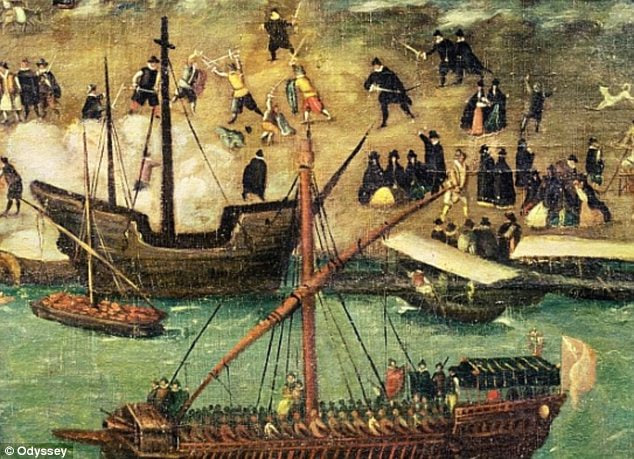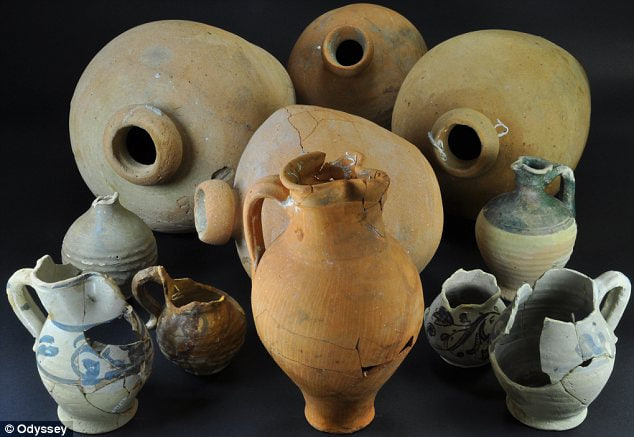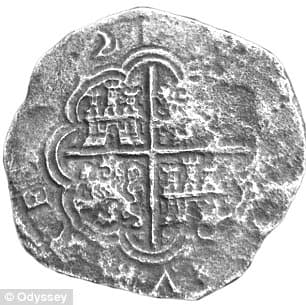The treasure that sank the Spanish Empire: 400-year-old shipwreck reveals haul of gold, silver, pearls and even parrots
The stunning treasures from a sunken Spanish galleon have been revealed for the first time after the ship was rediscovered nearly 400 years on from its wreck in the Gulf of Mexico.
The loss of the Buen Jesus y Nuestra Senora del Rosario along with seven other ships destroyed the Bank of Madrid – and even contributed to the collapse of the Spanish Empire.
Now deep-sea divers believe they have found its wreck 400m deep, with 17,000 objects on board revealing that it was carrying gold, pearls – and even parrots.




The discovery unveiled today gives a fascinating glimpse into the sometimes unexpected treasures which made the colonial economy run.
The wreck site, around 400 miles from the Florida Keys, contains 39 gold bars, and nearly 1,200 silver pieces of eight.
More unusually, the site features more than 6,600 pearls being exported to Europe from the coast of Venezuela.
The gems came from a type of oyster which was unique to South America but which was nearly extinct by the early 17th century thanks to over-exploitation by colonial traders.






And it was not only wildlife to suffer from the oyster trade – 60,000 Caribbean natives are believed to have died while diving for pearls on behalf of the Spanish.
In addition to the precious metals and jewels, two bird’s bones were found at the site, thought to have come from a blue-headed parrot.
The parrots made popular pets because of their bright plumage and ability to mimic human speech, but this is the first time the remains of one have been found in a shipwreck.
Another glimpse of everyday life in the early modern world comes from a tortoiseshell comb for lice apparently made by a member of the ship’s crew.




The Buen Jesus y Nuestra Senora del Rosario was one of a fleet of 28 Spanish merchants hit by a hurricane on September 5, 1622.
Eight were sunk, killing 500 people on board and hiding their treasure for nearly four centuries.
The Spanish economy had been relying on the boost it would have received from the ships’ arrival, and the disaster contributed to the eventual downfall of the formerly all-powerful colonial empire.






Excavations at the site of the wreck have been going on for more than 20 years, using deep-sea technology developed by British engineers to drill for oil in the North Sea.
They were carried out by Odyssey Marine Exploration, whose president Greg Stemm told The Times: ‘This is the major find of our time.’
The objects excavated from the Rosario are going on display at the company’s headquarters in Florida.
Oceans Odyssey 3, a book on the shipwreck and its contents, is published today by Oxbow Books.





